IMAGE: Artist’s impression of Kepler-16b, the first planet known to definitively orbit two stars — what’s called a circumbinary planet. The planet, which can be seen in the foreground, was discovered by NASA’s Kepler mission. CREDIT: NASA/JPL-Caltech/T. P
Exoplanets, it turns out, are difficult to take detailed pictures of at this point in time. At best, you get a blocked-out star and a tiny bright dot next to it. Although our telescopes are improving decade by decade, we still have to imagine what these distant worlds might look like.
That’s not to say that we cannot detect exoplanets from the ground. While Kepler and TESS use the transit method of finding exoplanets — where they look for dips in the light of a star as a planet passes between the star and the space telescope — ground-based observations can also find and confirm worlds in other star systems. To do this, they use the radial velocity method, where they measure changes in the velocity of a star as an orbiting planet gravitationally tugs on it.
And astronomers using the 193-centimeter telescope at the Observatoire de Haute-Provence in France were able to detect the known exoplanet Kepler-16b. This particular world fascinated everyone when it was discovered ten years ago because it was the first circumbinary exoplanet discovered, proving that a world like Tatooine in Star Wars could and in fact does exist. The team chose this target to prove that their telescope could be used to find exoplanets, as Dr. Isabelle Boisse explains: Our discovery shows how ground-based telescopes remain entirely relevant to modern exoplanet research and can be used for exciting new projects. Having shown we can detect Kepler-16b, we will now analyze data taken on many other binary star systems, and search for new circumbinary planets.
The results of these observations were published in the Monthly Notices of the Royal Astronomical Society.
Good luck to the team in France. May you find many more circumbinary planetary systems.
More Information
RAS press release
“BEBOP III. Observations and an independent mass measurement of Kepler-16 (AB) b — the first circumbinary planet detected with radial velocities,” Amaury H M J Triaud et al., 2022 February 25, Monthly Notices of the Royal Astronomical Society
This story was written for the Daily Space podcast/YouTube series. Want more news from myself, Dr. Pamela Gay, and Erik Madaus? Check out DailySpace.org.
Article originally published on medium.com.
News
Related News
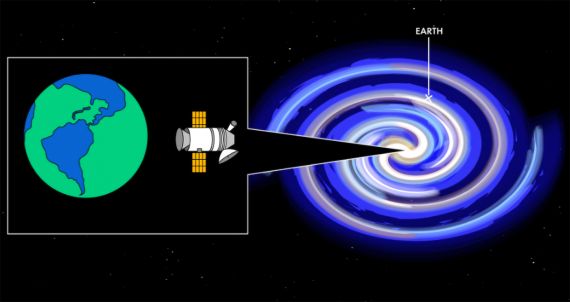
Earth Detecting Earth
#Press Releases #SETI #Astronomy #Solar System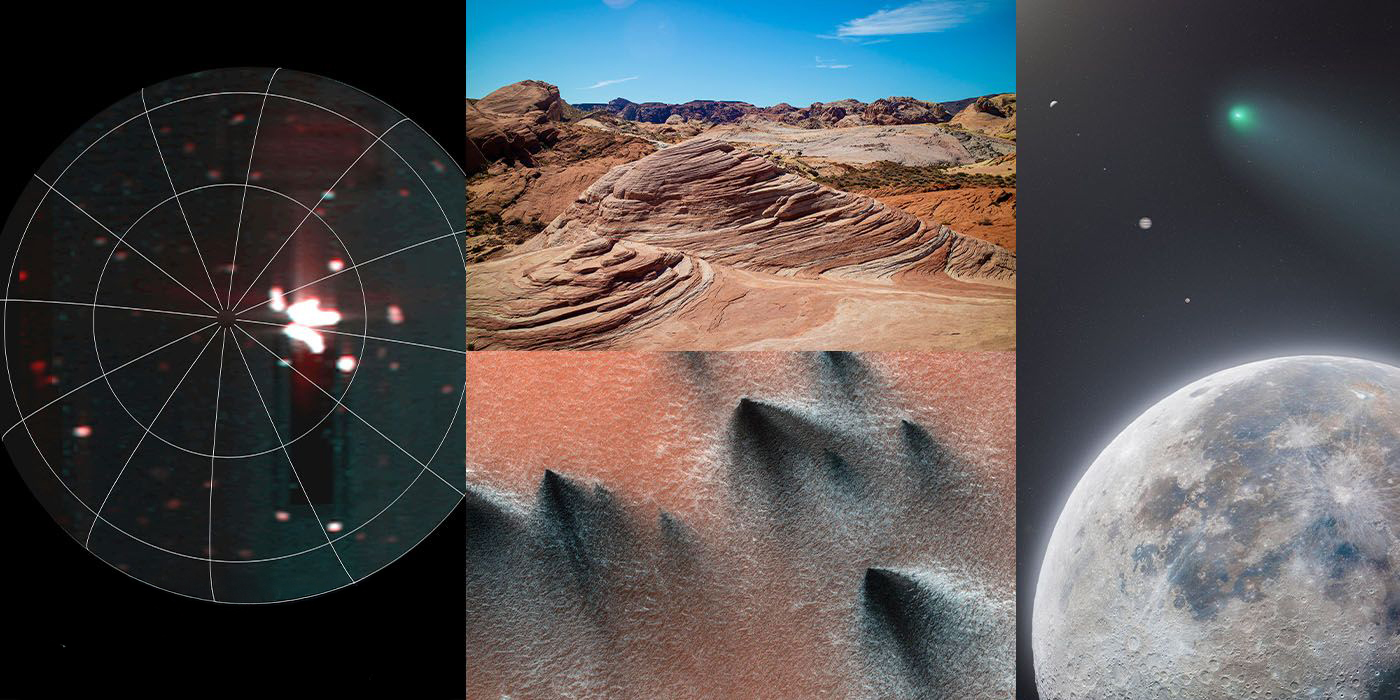
Planetary Picture of the Day - Week of January 27, 2025
Interesting features on our world and other worlds, as well as a planetary parade! #PPOD
Asteroids, Neon Cats & Music From The Moon – London Becomes A Free Cosmic Playground
#SETI Institute #Unistellar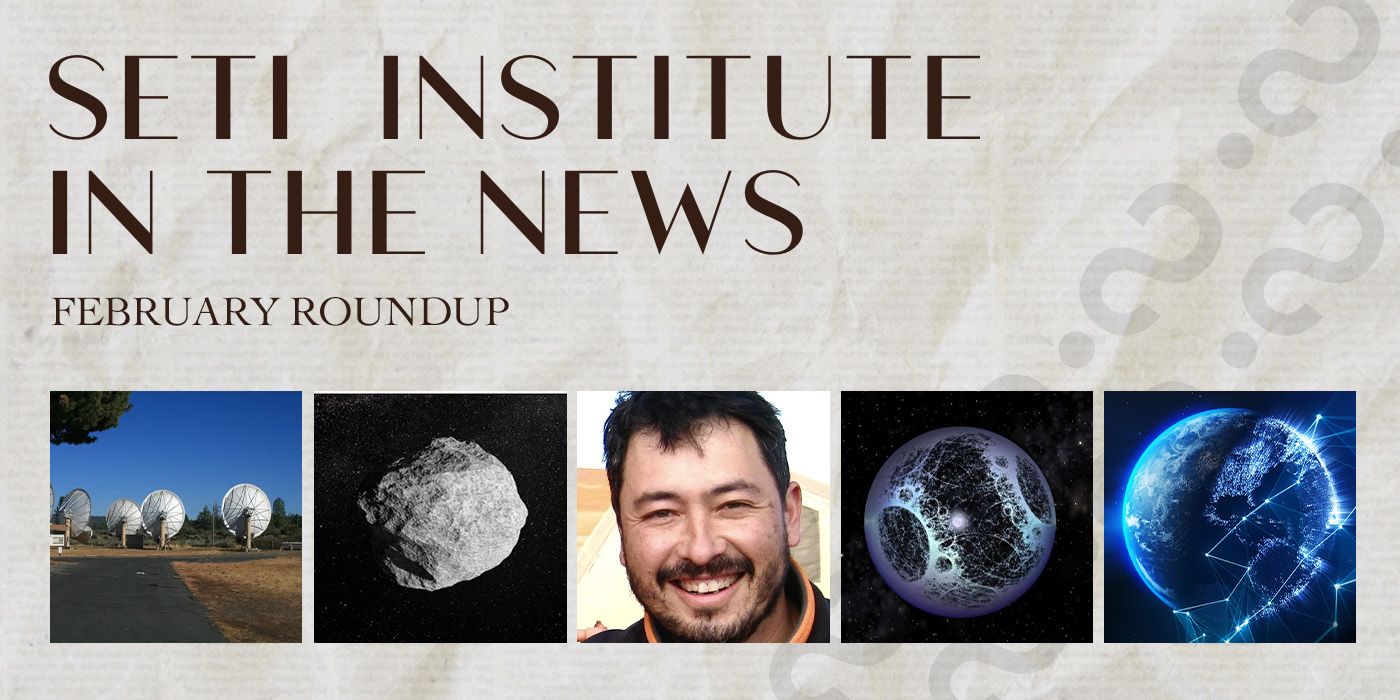
SETI Institute in the News: February Roundup
SETI Institute in the News: February Roundup #SETI Institute in the News
Space is the Case: A Conversation with SETI Artist in Residence Martin Wilner
#SETI Live Blog #AIR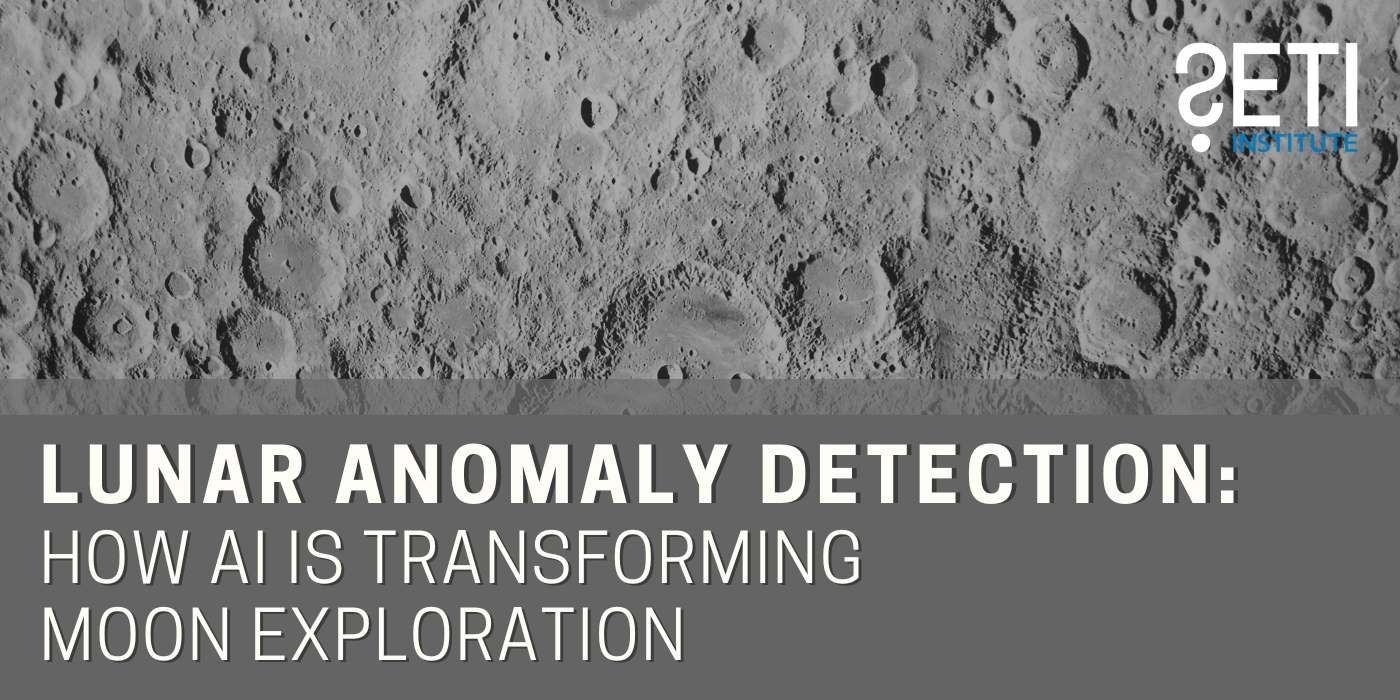
Lunar Anomaly Detection: How AI is Transforming Moon Exploration
#Moon #Solar System #SETI Live BlogResearch
Related Projects
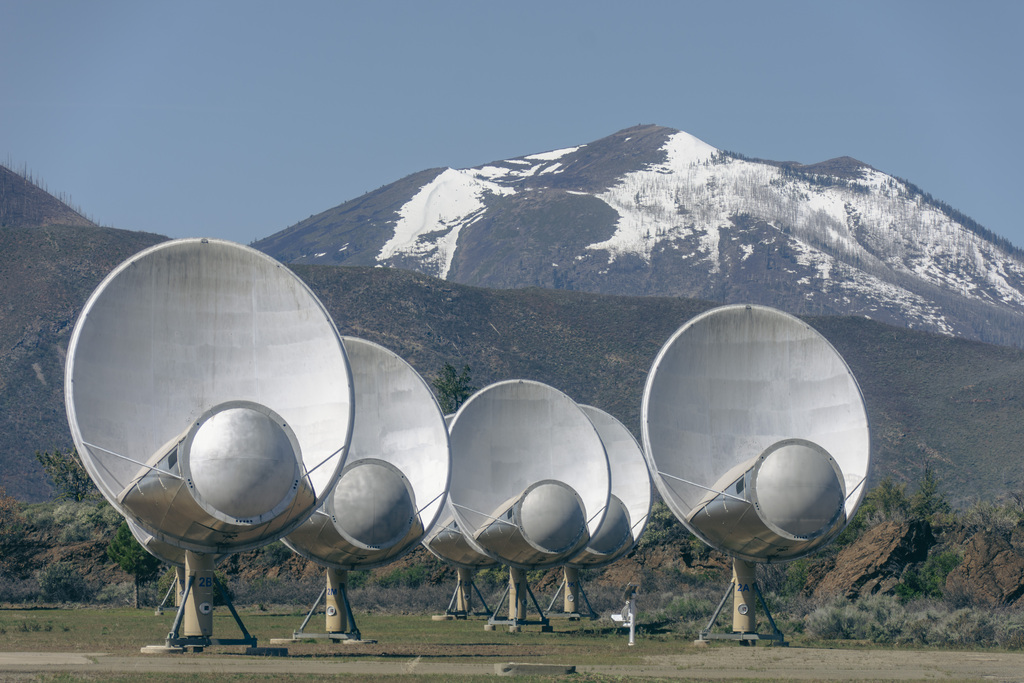
The Allen Telescope Array (ATA)
The ATA is the first radio telescope designed from the ground up to be used for SETI searches. #ATA #Radio Astronomy #Hat Creek Radio Observatory #HCRO #ATA News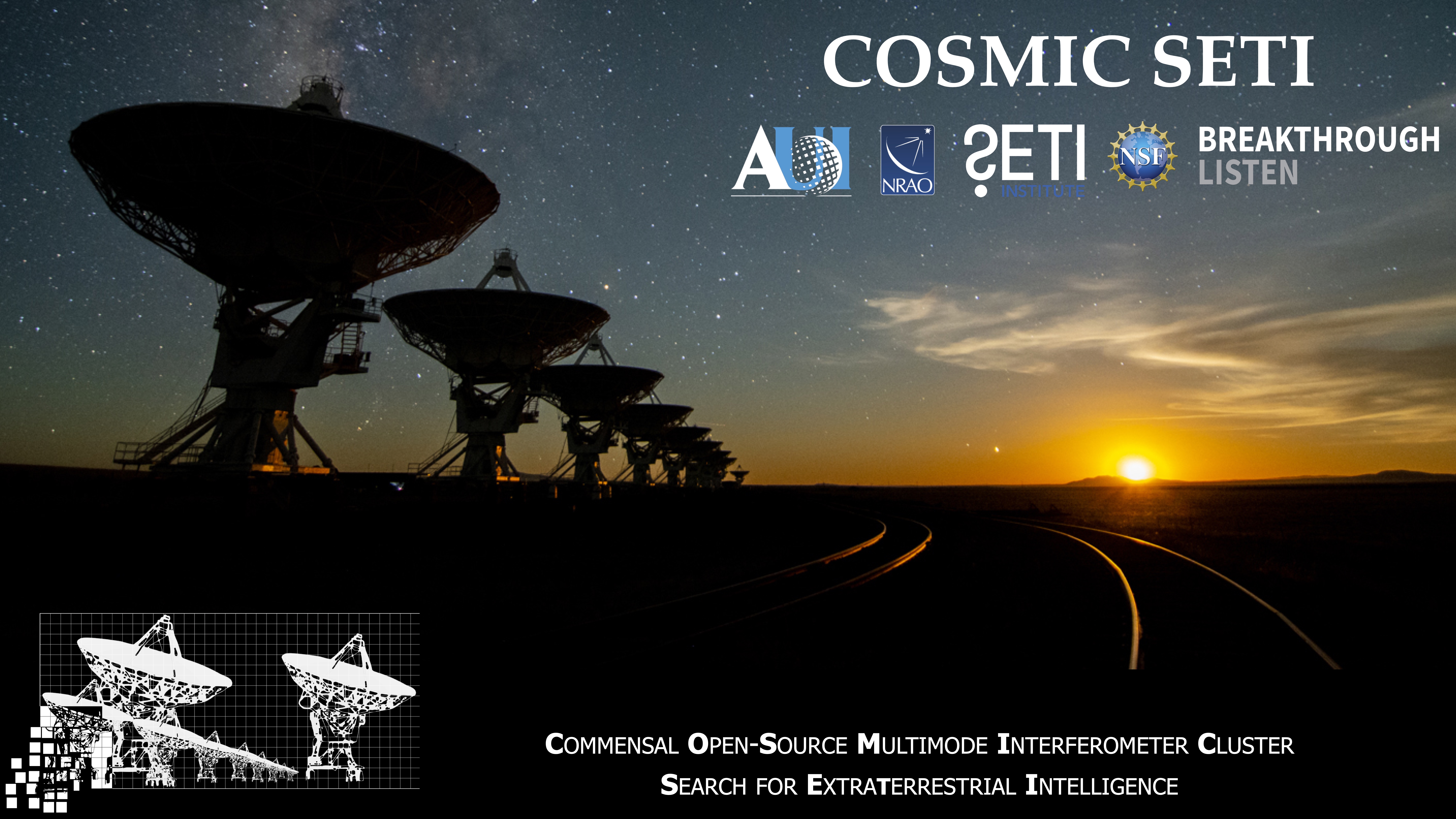
COSMIC
The Commensal Open-Source Multimode Interferometer Cluster (COSMIC) is a new commensal Ethernet-based digital signal processing backend and computer cluster on the VLA in New Mexico operated through the NRAO. #COSMIC #VLA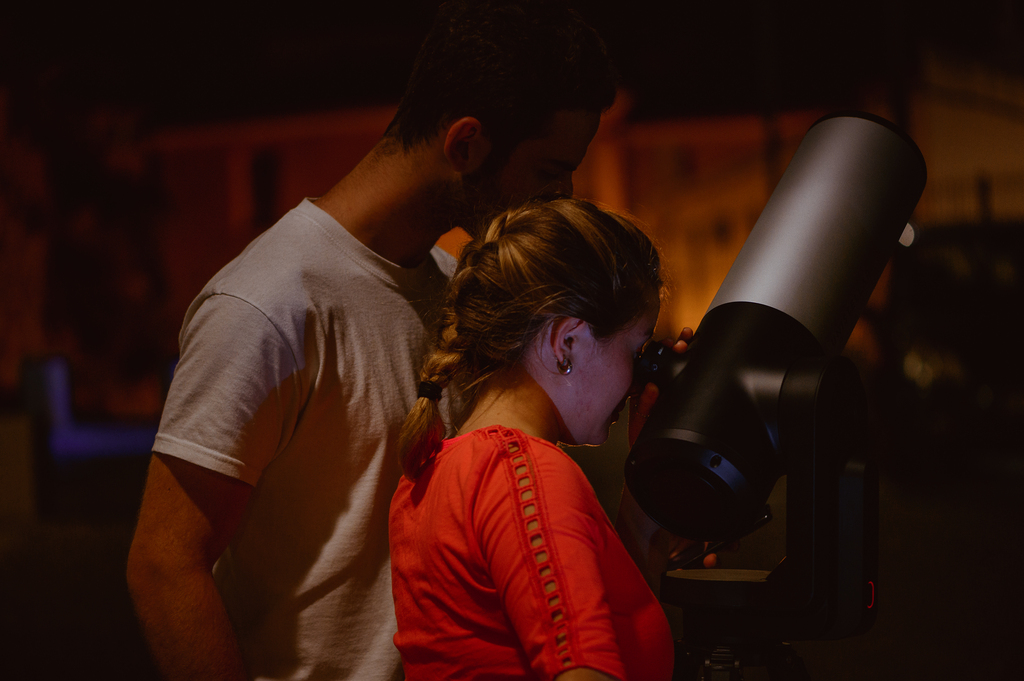
Unistellar Network
Leverage your eVscope's power and join a community of users to image intriguing astronomical events such as supernovae and exoplanet transits, while making a valuable contribution to research. #Unistellar #Citizen ScienceSupport the
SETI Institute
Scientists are getting closer in their search for life beyond earth. But with limited federal funding for the search for extraterrestrial intelligence, supporters are the reason cutting-edge scientists can keep their eyes on the sky.
)
